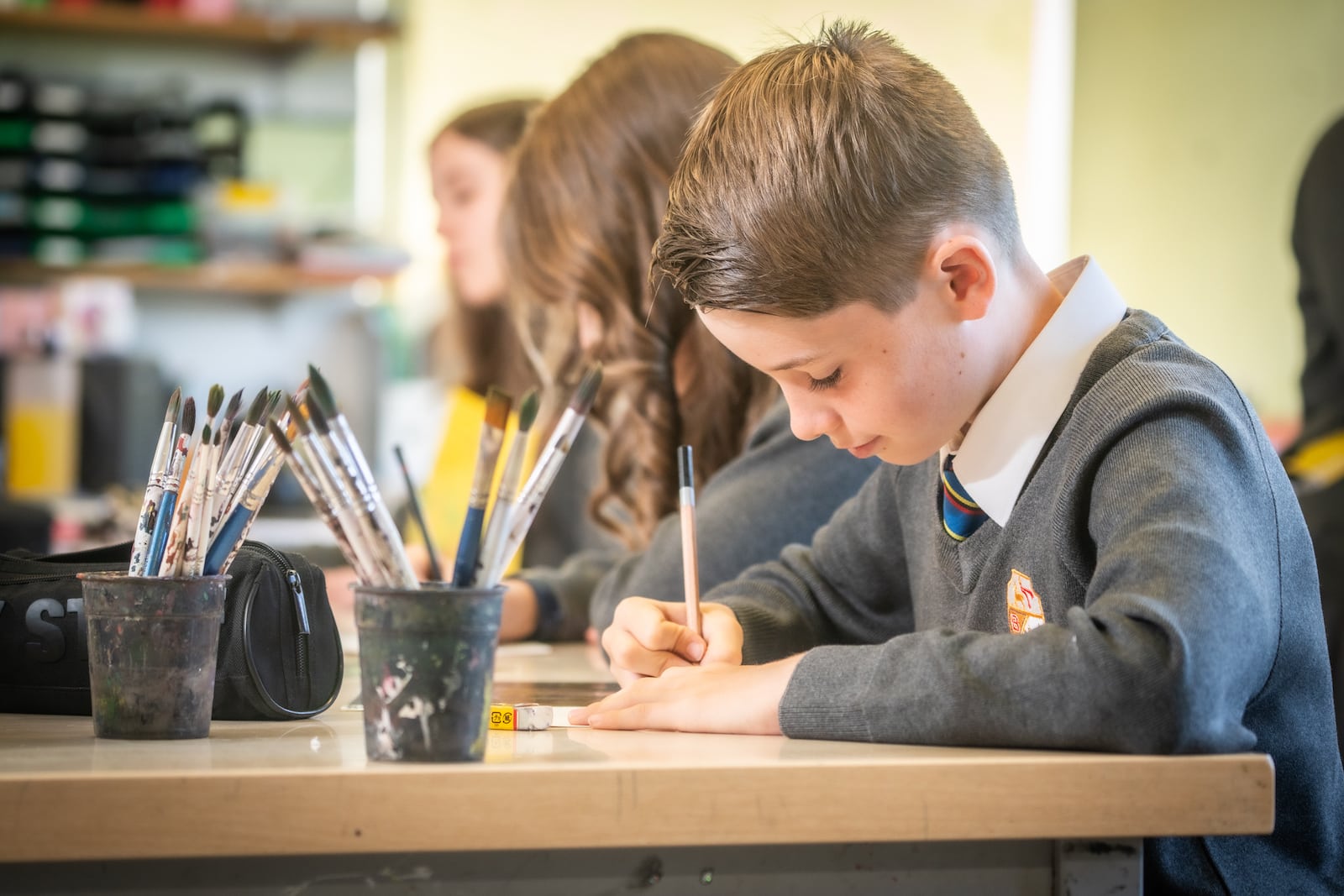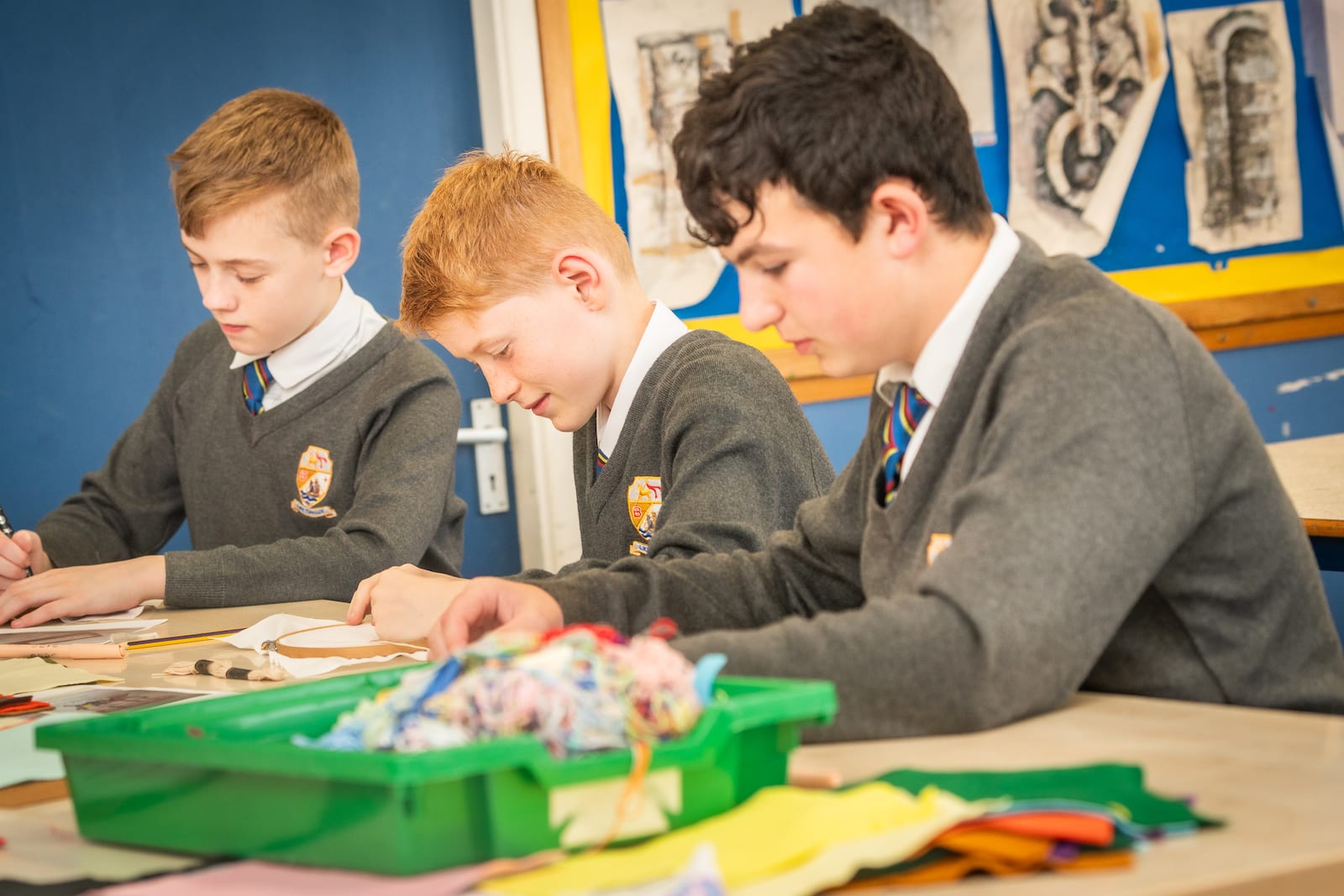In our school
The school recognises that bullying is a reality in society but strives, by example and support, to eradicate it in all forms within our school and to develop in our pupils an appreciation of the value of working to extend this to their wider community. Pupils are encouraged to value each person as a unique creation of God. This philosophy will be reinforced through our daily practices and our school assemblies. By encouraging our pupils to respect, understand and appreciate human diversity we hope to nurture those profoundly important values which lie at the heart of a tolerant and civilised society. All pupils will also undertake work which focuses on bullying issues and it will be made clear that actions and language that are aggressive, offensive, sexist, racist or based on any differences (prejudice-based), are unacceptable and will not be tolerated.
Our School Response
We try to tackle bullying whenever it surfaces so that our children can feel safe. Our staff are around and about on corridors, stairwells and in the playground acting promptly and firmly whenever problems arise. As a result most of our pupils thankfully experience little, if any, bullying. Many of our older pupils have been trained as prefects and “mentors” and help to keep a protective eye on the younger pupils to whom they have individually been assigned. We want our pupils to feel secure in a community which encourages them to speak up against bullying and where they know they’ll be properly protected afterwards. If children keep quiet when they’re being picked on, bullies keep getting away with it. Bullies and their mates are always quick to accuse a child who reports a problem as “grassing” on them. We must encourage our children to be assertive. The good news is that many more of them are now standing up for themselves. They realise that telling us rather than keeping quiet or hitting back with violence or hurtful language is the best way to deal with bullying. Sometimes it might be easier for a child if they can get a friend to tell a teacher about what has been happening. We know that parents will always support and reinforce this message at home as well: Never hit back. Telling a teacher will protect you.
What to do if you see bullying
- Comfort, support and stay with the victim.
- Tell the victim to report the incident.
- Tell somebody (e.g. a teacher) what you have seen.
- If you are in a group where one member is bullying, show that you disapprove, because by doing nothing you support the bully.
If you wish to report any bullying please contact a member of the pastoral team
What is bullying?
We define bullying as behaviour by an individual or a group, usually repeated over time, that intentionally hurts another individual or group either physically or emotionally.

- Physical –pushing, poking, kicking, hitting, biting, taking someone’s belongings.
- Verbal – name calling, sarcasm, spreading rumours, threats, teasing, belittling, racist or sexist comments.
- Emotional – isolating others, tormenting, hiding books, threatening gestures, ridicule, humiliation, intimidating, excluding, manipulation and coercion, tormenting, graffiti.
- Sexual – unwanted physical contact, inappropriate touching, abusive comments, homophobic abuse, exposure to inappropriate films, comments relating to sex or sexuality
- Online/cyber – posting on social media, sharing photos, sending nasty text messages, social exclusion.
- Indirect –Can include the exploitation of individuals, spreading rumours, sending abusive texts, excluding somebody from a group.
Many of these types of bullying can take place in the online environment and this is known as “CYBER BULLYING” eg. Misuse of all areas of the Internet, inappropriate messaging and emailing, sending offensive or degrading images by phone or via the Internet, misuse of any social media.
If there are any serious offences reported this information may be given to other agencies to assist in helping you with your problem. For advice on cyberbullying go to the following Website: http://ceop.police.uk


